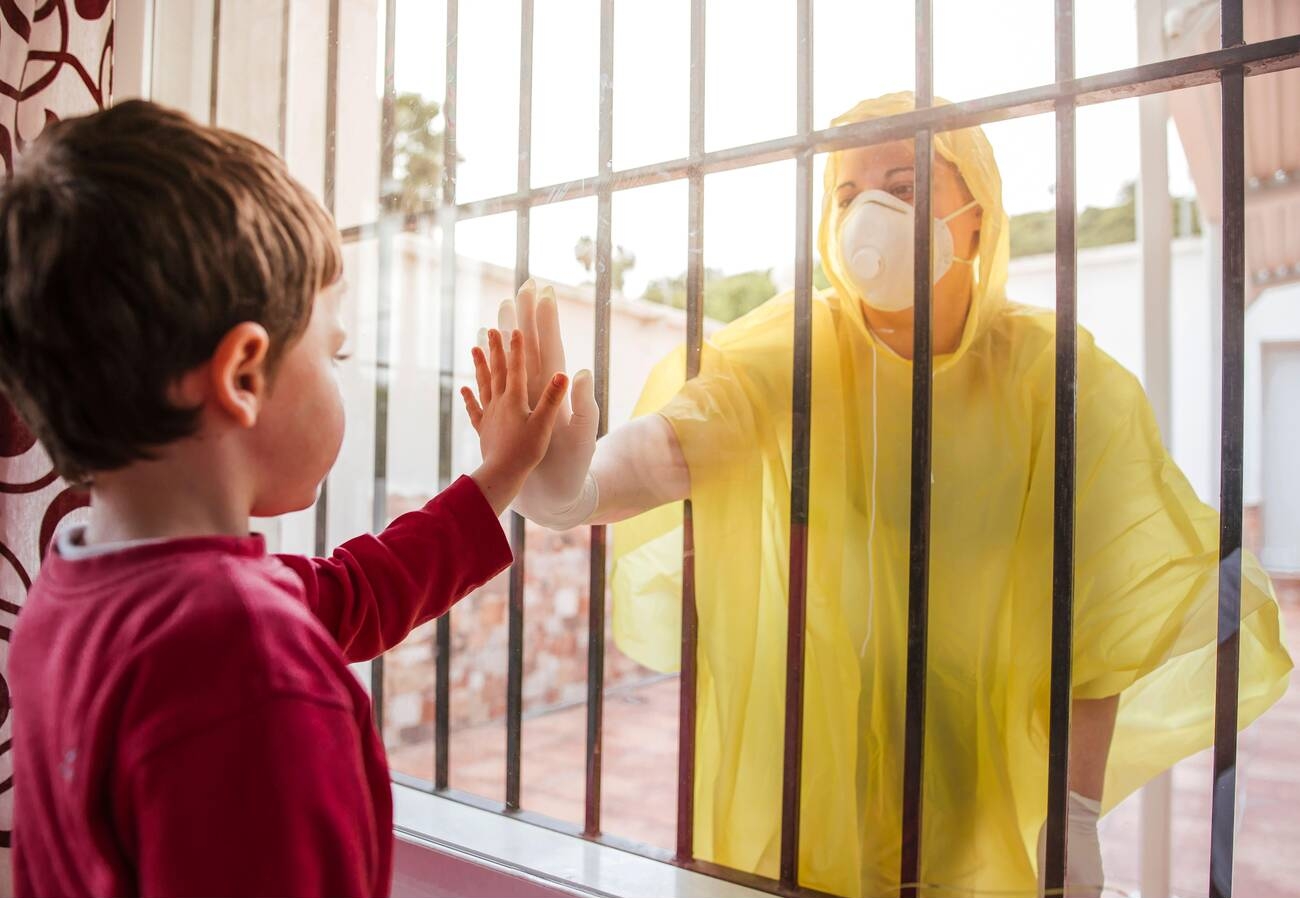Introduction to PTSD:
The PTSD definition in DSM is really about car accidents and impersonal trauma. But we know — though we have never been able to convince the APA to take seriously — that most trauma we see in our offices is interpersonal trauma; it occurs in the context of attachment relationships. And if that’s the case, then actually nurturing a safe relationship is the great challenge.
And there’s a fundamental misunderstanding that I think many practitioners have when they’re working with patients who’ve been exposed to trauma.
A lot of clinicians think, if I’m just nice to this person, they’ll get a feeling of safety. I am not of that school.
Particularly because of neuroscience, we know how these elementary fear systems of the brain are continuously activated. And the notion that therapists consistently think about themselves – I can make a person feel safe – is really a misunderstanding.
You actually may be a major trigger for somebody if the person who molested you was smiling at you before you got molested. Or if your drunken father was sweet to you just before he exploded. Your brain is set to be very suspicious to people who are nice to you or are friendly to you.
The issue is more about helping people to feel safe in their own bodies and to tolerate the presence of another person rather than, let me inflict my goodness on you.
How Early Brain Development Is Affected by a Caregiver’s Trauma:
It’s important to look not only at the traumatic event a person experienced, but also at the support or attachment relationships that they have in place.
Those relationships can play a major role in how well that person heals.
Insufficient attachment relationships can predispose our clients to developing PTSD after trauma – but healthy ones can be a catalyst for healing.
One of the ideas out of interpersonal neurobiology is that early in development, the brain – especially the right brain; which is the early developing brain – is being shaped by social experiences, and these are emotional experiences.
And the other part of interpersonal neurobiology is that human beings will align their brain states with other human beings. They’ll synchronize those brain states.
So, we have two points there. One is that the right brain, which is the part of the brain that develops first. The right brain is shaped by social and emotional experiences.
The other point is that human beings align their brain states.
Essentially, what we’re looking at here early in the secure attachment in an optimal situation, is that the mother is regulating the baby’s states – regulating both the dysregulated, negative states, as well as upregulating the positive states.
This regulation allows for the infant to come into homeostasis – which is therefore optimal for the imprinting of the circuits, especially in the right brain.
There’s stress-regulating circuits that will be used at all later periods of time, especially the circuits between the right amygdala that are being regulated by the right cingulate, the right orbital frontal, etc.
So here, what you have is an optimal situation in which these circuits can be imprinted. In cases of trauma – which is too much hyperarousal or too much hypoarousal – you’re getting an inefficient imprinting of those circuits.
And in some cases, imprinting those stress-regulating circuits is not just inefficient. Early trauma can block those circuits from forming. This can harm emotional development during a critical period for a child. And that in turn can affect how they respond to stress throughout their lifetime.
At later points in life, when stress comes up, individuals will begin to regulate in the left — mild to moderate — but then all individuals, when the affect gets intense enough, will shift right into these circuits.
If these circuits are inefficient because early on in their critical periods, there was an interference with these circuits — they are very thin circuits — then you have a vulnerability in later life to the stress dysregulation that occurs from trauma.
But also the interpersonal effects that will come from trauma – trauma is not only affect dysregulation, it also dysregulates the emotional distance with other human beings. So, for example, the individual might become too detached, etc, and not be able to be in the present moment with another human.
That’s a key point that bears repeating: Trauma can not only lead to dysregulation for the individual; it can also disrupt their emotional connection with other people. It can hurt their ability to stay in the present and to stay emotionally connected, and all the more when they get triggered.
Why Connecting with the Right Brain Is Key to Regulation
We know that during dissociation (what’s happening during a traumatic event), our clients switch over from the left to the right brain. Let’s take a moment to review a few basics about the brain.
We think of the left side as the more logical, verbal side. When we think left, we’re usually talking about the conscious mind.
On the other hand, the right side is more emotional and nonverbal. The unconscious mind is associated with the right side.
It’s the right side of the brain that can be affected by early life trauma. Since the right side is the more emotional side, it can have an impact on our ability to form social connections and relationships.
So here we have the right brain, which is dominant for processing both emotional and social information. And incidentally, all trauma, early trauma, will interfere not only with the processing of emotions but also the processing of information, social information — voices, faces, gestures, etc.; they’re linked together. These are not separate situations.
So trauma can particularly hurt our clients’ ability to process information that’s social and emotional. That’s because it disrupts the circuits in the right side of brain, the more emotional side of the brain.
So, for me, the whole idea of psychotherapy, as a therapist, is to engage the process by connecting with the person in front of me, realizing that it will be the things happening in the here and now. This is what happened this morning, this happened last night. An interaction the person is telling me about. Fine, but at the same time, there’s all the things that are happening right now in the moment that are echoes of strategies that were developed from the time and that’s where we can work with the person to help her heal from the trauma.
This means that we are using our own subjectivity in this situation.
The old idea about being neutral and detached is problematic at this point in time. We are using our own subjectivity to feel into the subjectivity of the others.
And when another person has that experience, they change – just by the nature of knowing that someone else is resonating with that state. And that in itself can have a regulatory mechanism, an effect there.
So, here’s the thing – our relationship with our clients can be part of what helps them realize that they can regulate. It’s part of what helps them change. The experience itself is rewiring their brain. We are helping the person understanding how to regulate, how to form an attachment bond of emotional communication. Not only how to downregulate fear but also how to downregulate rage, how to downregulate shame, etc. But also, just for the record, how to upregulate positive emotions.
I think that’s a really important idea. When we talk about trauma, we are often talking about how to help clients tolerate difficult emotions. But we have also to help them reconnect with positive emotions.
How Secure Attachment Is the Basis for Emotion Regulation
Having a secure attachment figure is the basis of emotion regulation. If you have that, your capacity to regulate your emotions is going to be much greater. I think you’ll see much less of the emotional rollercoaster that you would see without a secure attachment figure.
A secure attachment figure can help a person regulate their emotions. But beyond that, a secure attachment figure can help a person manage fear.
When they experience, with you as the therapist, that choice is being offered them and that they’re in charge, that starts to stimulate an inner security and what we would call organicity. That’s a term from Gregory Bateson about inner wisdom.
So, in these little moments when you’re demonstrating trust in the client’s own intelligence and own healing power, that starts to establish a certain kind of relationship that they can begin to rest in that you know that answer, that intelligence, in inside them. And they start to find that in relationship with you.
Everybody has this set of principles, whether they’re conscious or unconscious, that they embody when they’re doing therapy. For me, one of those principles is organicity, that the intelligence is within the client. The answers are within them.
The therapist starts to elicit that intelligence – and I think that really starts to build confidence and security in relationship and that’s where we see the person properly healing from the past traumatic experiences and opening to the world. Experiencing life free from the weight of the traumatic experiences.
About Author:
Eléonore is a Licensed Clinical Psychologist, whose early career found her offering her professional healthcare services in the picturesque South of France and Monaco, Monte-Carlo area. Over a period spanning half a decade, she served numerous clients, helping them navigate and overcome personal mental and emotional hurdles. However, destiny had a different path in store for Eléonore. She decided to relocate to the bustling city of Dubai in the United Arab Emirates, eager to aid a new demographic with her expert psychological support.
Author
BROCQ ELÈONORE
- Clinical psychologist





